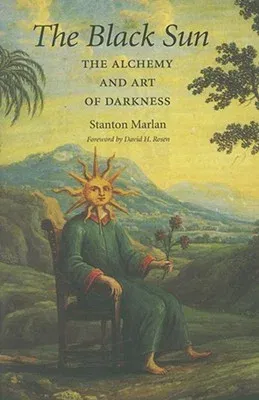Also available in an open-access, full-text edition at http:
//oaktrust.library.tamu.edu/handle/1969.1/86080 The black sun, an
ages-old image of the darkness in individual lives and in life itself,
has not been treated hospitably in the modern world. Modern psychology
has seen darkness primarily as a negative force, something to move
through and beyond, but it actually has an intrinsic importance to the
human psyche. In this book, Jungian analyst Stanton Marlan reexamines
the paradoxical image of the black sun and the meaning of darkness in
Western culture.
In the image of the black sun, Marlan finds the hint of a darkness that
shines. He draws upon his clinical experiences--and on a wide range of
literature and art, including Goethe's Faust, Dante's Inferno, the
black art of Rothko and Reinhardt--to explore the influence of light and
shadow on the fundamental structures of modern thought as well as the
contemporary practice of analysis. He shows that the black sun
accompanies not only the most negative of psychic experiences but also
the most sublime, resonating with the mystical experience of negative
theology, the Kabbalah, the Buddhist notions of the void, and the black
light of the Sufi Mystics.
An important contribution to the understanding of alchemical psychology,
this book draws on a postmodern sensibility to develop an original
understanding of the black sun. It offers insight into modernity, the
act of imagination, and the work of analysis in understanding
depression, trauma, and transformation of the soul. Marlan's original
reflections help us to explore the unknown darkness conventionally
called the Self.
The image of Kali appearing in the color insert following page 44 is
(c) Maitreya Bowen, reproduced with her permission,
maitreyabowen@yahoo.com.

